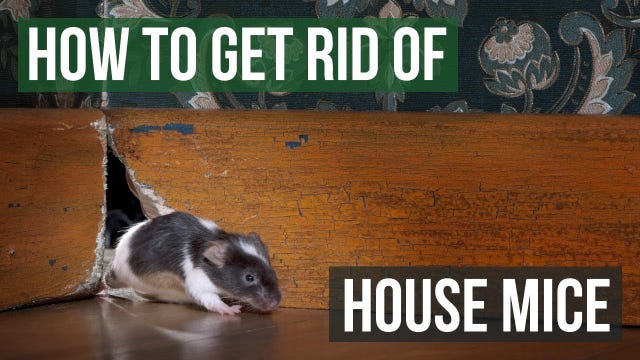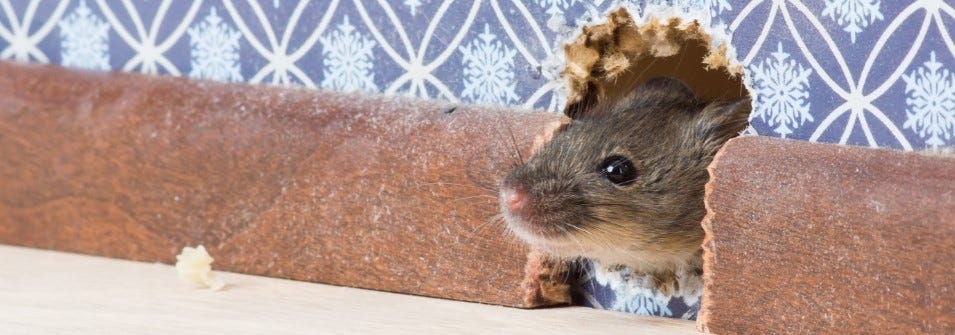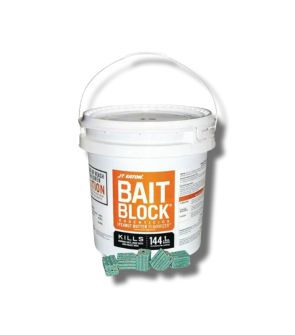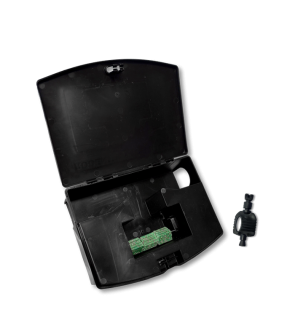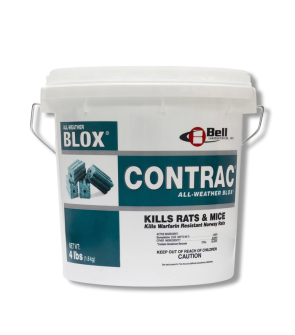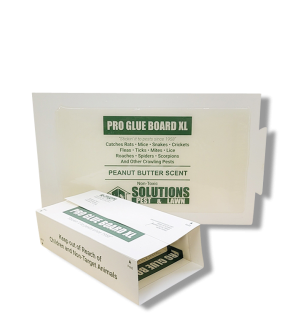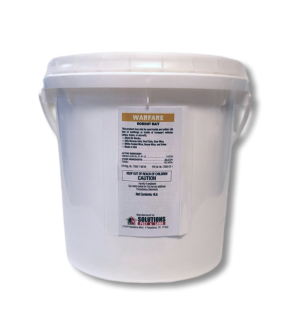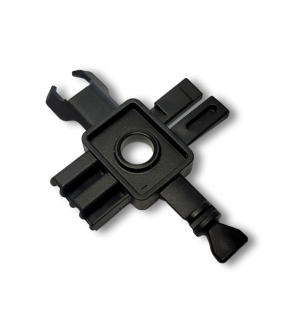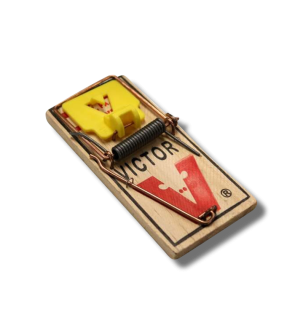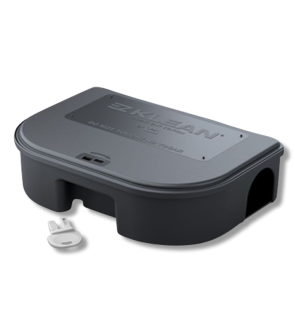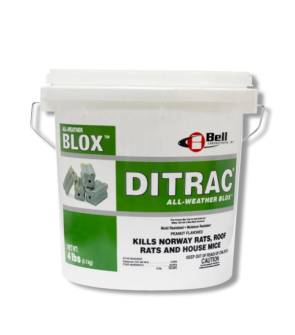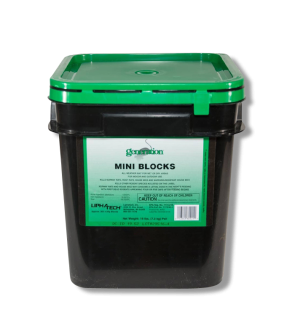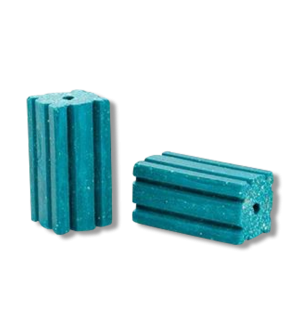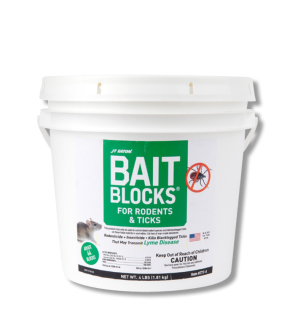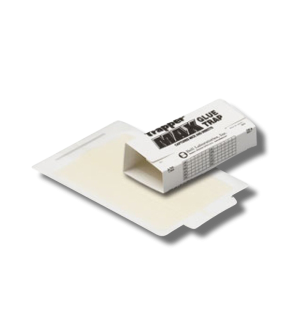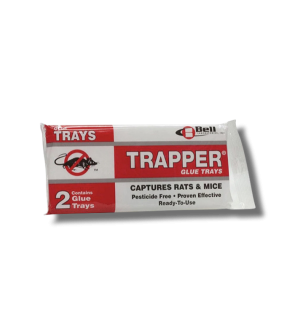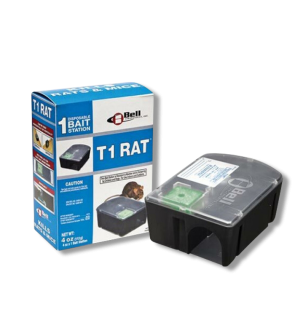Gain access to personalized product screening, the best pricing, rewards, and more!
Most Effective Products
House Mouse Control: How to Get Rid of House Mice
This page is a general House Mouse control guide. Using the products and methods suggested you will get control of House Mice. Follow this guide and use the recommended products and we guarantee 100% control of House Mice.
The House Mouse can be a common pest in homes as temperatures drop. They typically live outdoors and feed on seeds, fruits, and grains, but as the cold weather comes in, they enter your home looking for warmth and other food sources. House mice can invade both homes and businesses, and can be a nuisance to get rid of.
Measuring at around 8 inches and weighing less than 2 pounds, the house mouse can be tricky to capture. They can fit into an opening as small as a U.S. dime, which means they can access your home or businesses through most cracks and crevices. House mice can be a danger to buildings by spreading diseases and chewing through electrical wiring and piping.
If you live in an apartment, mice infestations bring a variety of different problems. These little rodents are notorious for causing widespread damage by chewing on wood and electrical wires, leaving droppings, and their squeaking and scratching noises. Mice are also known to multiply quickly and spread disease by contaminating foods. In an apartment complex, getting rid of mice can be difficult because you are not in control of your neighbors around you. However, it's not impossible.
If you have House Mice in your home or apartment and want to get rid of them, follow this DIY guide for product recommendations and instructions for effective removal.
Identification
Identification is the first step in control. You want to make sure that you are dealing with a house mouse instead of another rodent such as a rat or a squirrel. This will ensure that you are using the correct products and methods.
- The body of a house mouse is around 3-4 inches long, while its tail is 2-4 inches long.
- They have hairless tails.
- The house mouse can have gray, light brown, or black fur.
- They weigh around 1.4-1.6 ounces.
- Their snouts are pointed and they have large, rounded ears.
- Their droppings are about less than 1/4 of an inch in size.
- House mice are also known for their high pitched squeaking noise they make.
Use the photo and description above to make sure that the rodent you are dealing with is a house mouse.
Inspection
After correctly identifying the house mouse, inspect your area for signs where the rodent is most active. These high-activity areas are where you will be applying products for treatment.
Where to Inspect
Because mice are most likely looking for food, search areas where human and pet food would be stored such as the kitchen, garage, and basement. Look closely in pantries, cabinets, behind appliances, and under sinks.
Check other places where house mice may be able to easily access such as attics and bathrooms. Inspect storage items and areas of clutter. The yard and perimeter of your foundation should also be checked.
Also check cracks in windowsills, A/C vents, plumbing and door frames for points of entry that mice may be using to come in and out of your apartment unit. Mice can fit through openings as small as a dime.
What to Look For
You want to look for house mouse activity. This could be a variety of signs. Common marks of house mouse activity are fecal droppings, chewed items, and areas of foul-smelling urine. Mice also carry oil and dirt in their coat and tend to travel along the walls, so you may see grease marks in your area. If you have any open food sources such as pet food, check for openings, scratching noises or chew marks.
When looking outdoors, you might see pathways from mice that travel frequently along the grass. Areas with loose firewood and debris might be areas claimed by house mice. Holes and burrows near the foundation of your property is also a sign of rodent activity.
Treatment
Once you have confirmed house mice activity, you can begin treatment. Remember to wear the proper personal protective equipment (PPE) before handling or applying any product. Mice will avoid any areas with a human scent, which will make your treatment ineffective.
Step 1: Clean Your Property
One of the most important parts of your treatment process is keeping a clean area. This will prevent house mice from exploring other parts of your property.
Even if house mice are invading a certain part of your property, you will want to clean every part of your area. High-clutter areas or food that is left out will attract house mice. Store any trash outside in a trash can with a lid. Open food products such as pet food should be tightly sealed in a container and put away.
Step 2: Treat Outdoors with Warfare and Bait Stations
Once you have done a thorough cleanup, mice will be hungry and desperate to eat anything they can find, which is why bait should be applied around the property with Warfare Rodent Bait. Warfare is made with a high palatability and is ridged to encourage gnawing for rodents. Its active ingredient is a slow-killing poison that will prevent bait shyness. This is great for effectively treating multiple rats as you bait.
A tamper-resistant station such as the Solutions Mouse Bait Station is required to use Warfare. This is to prevent children and pets from accessing or consuming the bait. For maximum results, you will need more than one station. They will need to be placed 8-12 feet apart from each other. Each station can hold 1 to 2 pieces of bait blocks.
Place a bait block in the mouse station and place it along the property's foundation, making sure to leave plenty of room for mice to enter and exit through the two holes. If possible, place the stations near shrubbery, where rodents typically travel.
Try not to move the stations after you place them. Mice use their droppings and oils to familiarize themselves and will know if something has changed. Monitor the stations daily and refill bait for 15 days or until rodent activity has stopped.
Step 3: Treat Indoors with Snap Traps and Glue Boards
For indoor treatment, you will use a combination of snap traps and glue boards. Using traps like these are a good option because you know exactly where the rodent will be, saving you the trouble of catching a poisoned rat. Using a combination of traps is important because some might work on one mouse, but not the other.
To ensure that your snap trap is effective, you will begin with a process called "pre-baiting". To do this, you will bait the snap trap without setting it for 3-4 days. When baiting the trap, you will want to use something sticky such as peanut butter. Contrary to popular belief, cheese is not a good option to use because it will rot easily and mice might be able to take it without setting the trap off. This is so the house mice will be comfortable around the trap. You will know they are comfortable when oil marks, urine, and droppings are near the trap. After this, set the trap and check it daily for captured rodents.
Along with this, use glue boards. Solutions Pro Glue Boards are chemical-free and peanut butter scented to lure house mice. They are an easy product to use. Peel the packaging off, fold it into a tunnel shape, then set them near entranceways or corners. When a rodent is caught in the glue board, dispose of both however you wish to do so.
Prevention
After applying treatment, you want to make sure that house mice do not reappear in your property. There are a few steps you can take to protect your area from rodents or other pests. We have listed some preventative actions to take below:
- Maintaining a clean area gets rid of materials house mice would use as food or shelter. If you have a bird feeder outside, maintain it regularly to make sure spilled birdseed is not accessible to rodents.
- Dispose of any debris in your yard and trim long tree branches that are close to your property so rodents cannot access the roof.
- Seal any cracks and crevices with Stuf-FIt copper mesh before using caulk. Although house mice can chew through many materials such as wood, plastic, and vinyl, they cannot chew through copper. Stuf-Fit is flexible and breathable, so you can apply it in areas such as weep holes without causing damage to your property.
- In other openings besides weep holes, place a sealant such as caulk on top of Stuf-Fit. Even if house mice chew through the caulk, they will be unable to chew through the copper mesh to get to your home.
- Place glue boards near entryways in case an occasional house mouse enters your property. Glue boards are also a good tool for general pest control because they are capable of catching other pests besides house mice such as roaches or spiders.
Key Takeaways
What is a House Mouse?
- House mice are 3-4 inches long with tails that are 2-4 inches long. They have a pointed snout and large rounded ears and can be either gray, light brown, or black in color. They are most likely entering your property looking for food and warm shelter.
- Mice are a common and difficult infestation to remove in apartments because they can travel from your neighbor's units to your apartment.
How To Get Rid of House Mice From Your Home or Apartment
- Treat outdoors with Warfare placed in tamper-proof bait stations. Indoors you should utilize snap traps and glue boards to address mice settled inside the home.
Preventing House Mouse Reinfestation
- Prevent house mice from returning by sanitizing your property, sealing any cracks and crevices with Stuf-Fit copper mesh and caulk, and placing glue boards in entryways.






